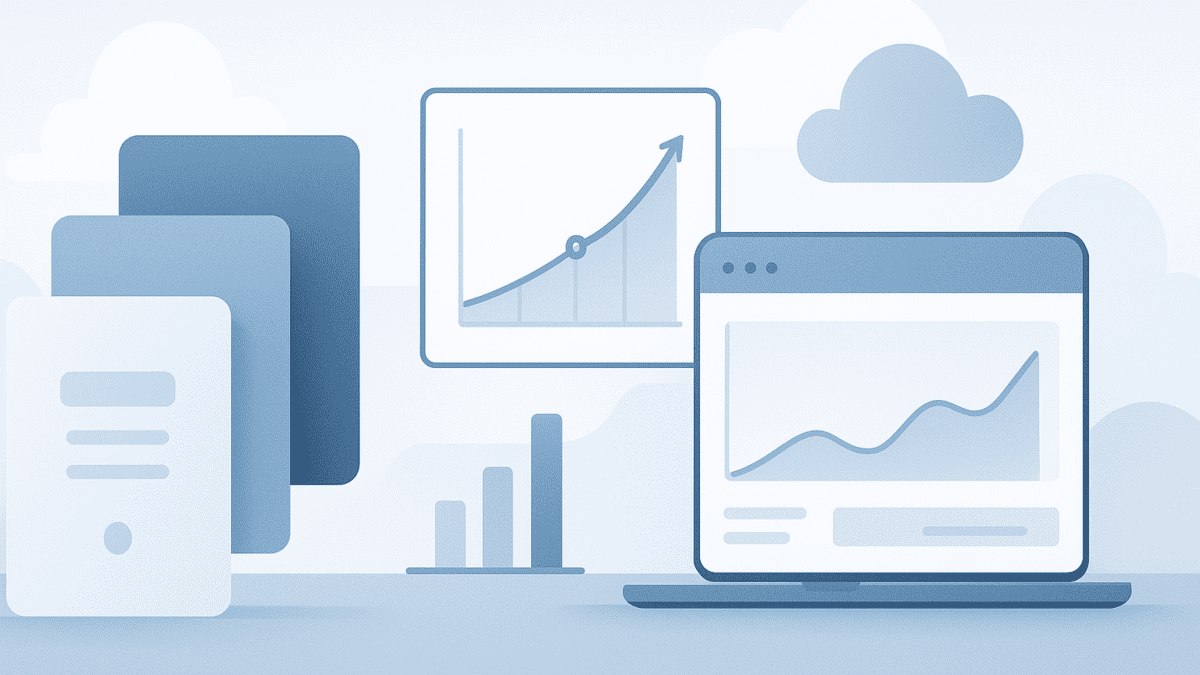SaaS Pricing Models Explained: How to Choose the Right One in 2025
Table of Contents
Introduction
Why SaaS Pricing Matters More Than Ever
In the competitive SaaS landscape of 2025, having a great product isn’t enough. Your pricing model can make or break your growth strategy. Whether you’re a bootstrapped startup or a scaling enterprise SaaS, choosing the right pricing approach impacts:
- Revenue potential
- Customer acquisition
- Churn rate
- Product perception
This guide explores the most popular SaaS pricing models, their pros and cons, and how to pick the right one based on your business goals and customer behavior.
Top SaaS Pricing Models in 2025
Flat-Rate Pricing
What it is: One product, one price. Customers pay a fixed monthly or yearly fee for a defined set of features.
Example: Basecamp charges $99/month for unlimited users and features.
Pros:
- Simple to communicate and manage
- Easy budgeting for customers
- Predictable revenue
Cons:
- Not flexible for different user types
- Can leave revenue on the table for larger users
Tiered Pricing
What it is: Multiple plans (e.g., Basic, Pro, Enterprise) each offering increasing features, limits, or support.
Example: HubSpot, Canva, and Buffer use this model effectively.
Pros:
- Scalable across different customer segments
- Encourages upgrades over time
- Supports freemium add-ons
Cons:
- Can confuse users if tiers are too complex
- Requires constant monitoring to ensure balance between value and price
Usage-Based (Pay-As-You-Go) Pricing
What it is: Customers are billed based on their actual usage (e.g., per API call, per GB stored, per task run).
Example: AWS, Snowflake, and Twilio use usage-based billing.
Pros:
- Aligns value with cost
- Low barrier to entry
- Scales with customer success
Cons:
- Unpredictable revenue streams
- Can scare off budget-conscious users
Per User / Per Active User Pricing
What it is: Charges based on the number of users (or active users) within an organization.
Example: Slack and Zoom charge per active seat.
Pros:
- Easy to track and bill
- Scales with team growth
Cons:
- May discourage collaboration
- Can lead to account-sharing if not managed well
Freemium Model
What it is: Offers a limited version of the product for free, with paid tiers for additional functionality.
Example: Notion, Trello, and Grammarly all use freemium successfully.
Pros:
- Great for rapid user acquisition
- Product-led growth potential
- Upsell opportunity through feature gating
Cons:
- Monetization depends heavily on upsell success
- Requires strong product onboarding and value delivery
Hybrid Pricing (Freemium + Tiered or Usage-Based)
What it is: Combines multiple models — e.g., free access with paid tiers or usage-based add-ons.
Example: Figma offers a free plan, then charges per editor and usage-based fees for organizations.
Pros:
- Highly flexible
- Meets diverse customer needs
- Drives conversions from free to paid
Cons:
- Complexity in pricing page and billing logic
- Requires solid analytics and user segmentation
How to Choose the Right SaaS Pricing Model in 2025
Choosing the right pricing model requires balancing customer value, market expectations, and business sustainability.
Consider These Factors:
1. Your Target Audience
- SMBs may prefer predictable, low-cost pricing.
- Enterprises often expect tiered or customizable plans.
- Developers prefer usage-based pricing.
2. Your Product’s Value Metric
Ask: What drives value for the user?
- of users?
- of tasks completed?
- Bandwidth or storage used?
3. Customer Acquisition vs Retention Focus
- Freemium and flat-rate models drive acquisition.
- Usage-based and tiered pricing boost LTV (lifetime value).
4. Competitor Benchmarking
- Don’t copy pricing blindly.
- Instead, study what customers expect to pay and how your value justifies a premium.
5. Use Data-Backed Insights
Tools like:
- ProfitWell for pricing analysis
- ChartMogul or Baremetrics for customer metrics
Real-World SaaS Examples
| Company | Model Used | Notes |
|---|---|---|
| Slack | Per Active User | Scales with team usage |
| Notion | Freemium + Tiered | Attracts individuals, grows into teams |
| AWS | Usage-Based | Perfect for developers and cloud-heavy use |
| HubSpot | Tiered + Add-ons | Serves SMBs to enterprises |
| Canva | Freemium + Tiered | Strong upgrade path for users |
Common Pricing Mistakes to Avoid
- Too many tiers: Creates confusion and decision fatigue.
- Hiding pricing: Reduces trust and increases friction.
- Ignoring value perception: Price must reflect perceived customer value.
- One-size-fits-all: Doesn’t accommodate customer segments.
Expert Tip
“Pricing is not a one-time decision. It’s an evolving part of your growth strategy.”
– Patrick Campbell, Founder of ProfitWell
Conduct pricing experiments every 6–12 months and A/B test your plans. What worked in 2023 may no longer be effective in 2025.
Final Thoughts
Your pricing model should reflect your product’s value, your user behavior, and your business goals. In 2025, SaaS buyers are smarter, budgets are tighter, and competition is fiercer — meaning your pricing strategy could be your most powerful growth lever.
See Also: What Is Product-Led Growth? A 2025 Guide for SaaS Marketers





